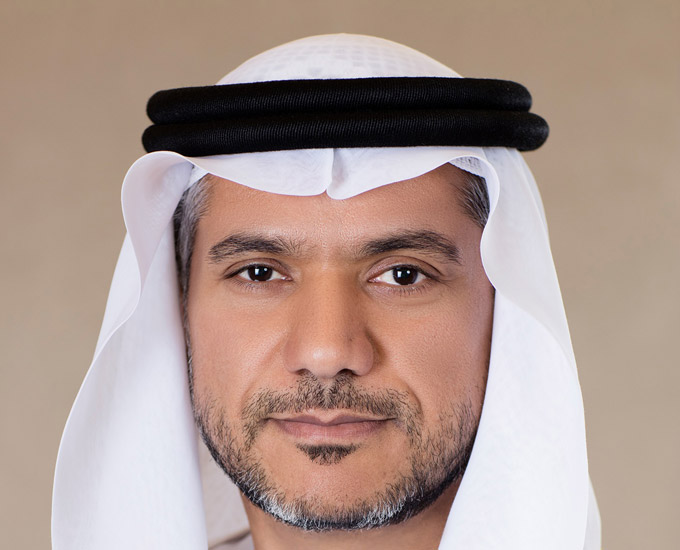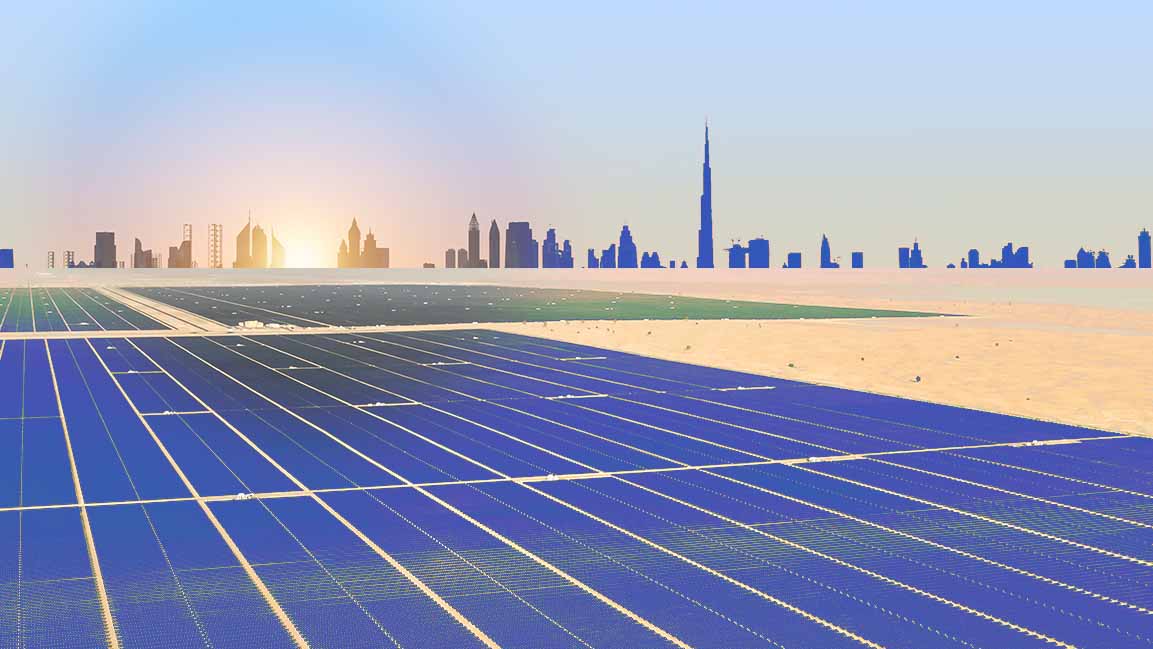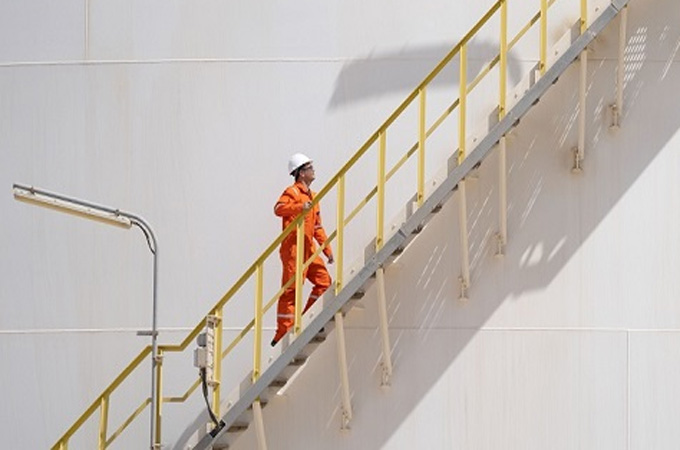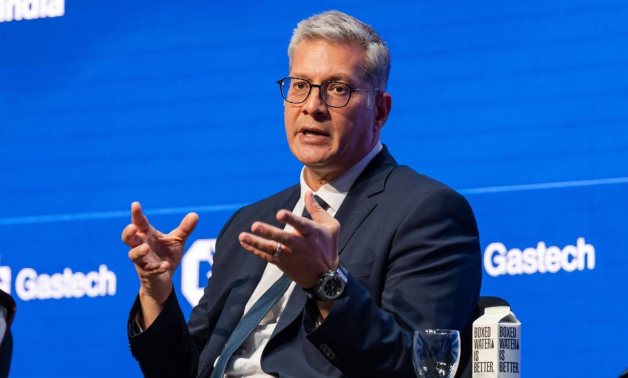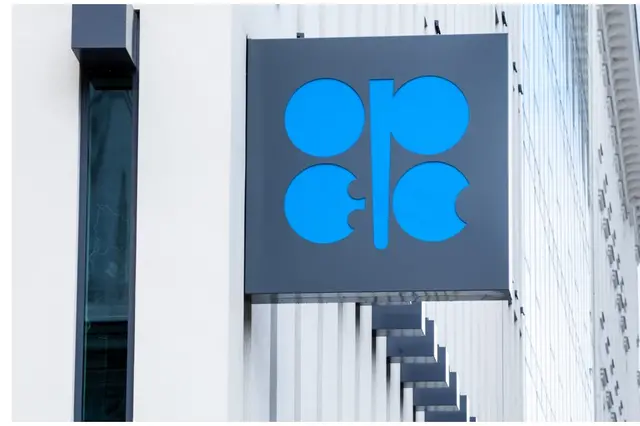Energy

SA’s 2nd NDC drives Just Energy Transition, targets 2035 cuts
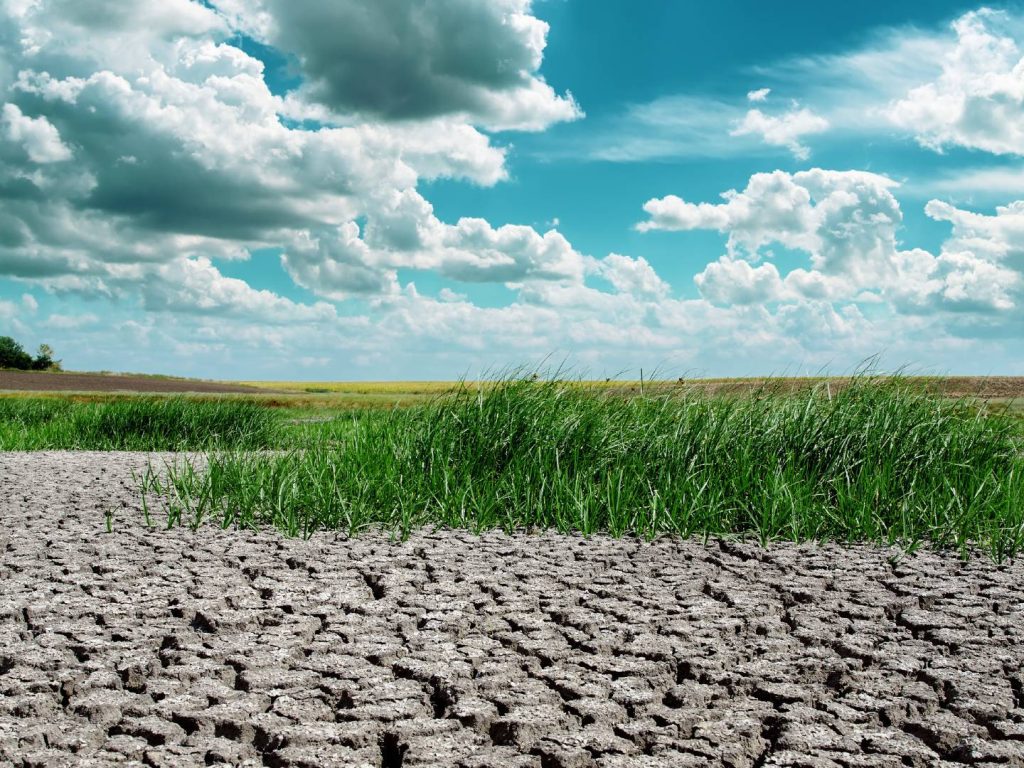
According to the Minister in the Presidency, Khumbudzo Ntshavheni, this climate action commitment demonstrates South Africa’s dedication to a just energy transition and international climate obligations.
Ntshaveni stated that the government undertook a technical analysis of the country’s likely GHG emissions pathways up to 2035, as well as an analysis of South Africa’s legal obligations under the Paris Agreement and rulebook, the country’s planned renewable capacity for 2035, the National Energy Efficiency Strategy and the Integrated Resource Plan.
The South African government has expanded its climate strategy to seven priority goals backed by targeted interventions.
Seven expanded goals in the draft second NDC (2026–2035)
Here’s how South Africa’s five adaptation focus areas from the 2021 updated NDC evolved into the seven expanded goals in the draft second NDC (2026–2035):
Water
Water & Sanitation Resilience
2021 Focus:
- Improve water resource management, efficiency, and infrastructure to withstand droughts and floods.
2025 Expansion:
- Broadened to include sanitation systems, with targeted upgrades to reduce water losses, improve quality and ensure services during climate extremes.
- Direct link to health outcomes in vulnerable settlements.
Agriculture
Food Systems & Livelihood Security (Integrated Across Goals)
2021 Focus:
- Safeguard agriculture, livestock and fisheries from heat, drought and shifting rainfall patterns.
2025 Expansion:
- Embedded in multiple new goals, particularly water resilience and ecosystem protection.
- Emphasis on protecting rural livelihoods, improving climate-smart agricultural practices and reducing malnutrition risks.
Health
Disaster Risk Management & Resilient Healthcare
2021 Focus:
- Protect public health from climate-induced risks like heatwaves, vector-borne diseases and poor air quality.
2025 Expansion:
- Broader disaster risk management goal, especially for informal settlements.
- Integration of healthcare strengthening into emergency response planning.
Biodiversity
Natural Heritage, Biodiversity & Ecosystem Resilience
2021 Focus:
- Conserve ecosystems, wildlife and natural habitats under pressure from climate change.
2025 Expansion:
- Now framed as protecting natural heritage and biodiversity while actively restoring ecosystems to adapt to higher temperatures and water stress.
Human Settlements
Resilient Infrastructure & Institutional Capacity
2021 Focus:
- Climate-proof urban planning, housing and services, especially in vulnerable communities.
2025 Expansion:
- Split into multiple goals:
- Upgrading transport and infrastructure to withstand extreme weather.
- Strengthening institutional capacity at all levels of government for effective adaptation delivery.
Two new cross-cutting goals (2025 additions)
Enhance Early-Warning and Information Systems
-
- New, standalone priority for expanding meteorological, hazard, and disaster alerts.
Track Progress with Measurable Indicators
-
- Introducing climate adaptation monitoring systems, with clear metrics for water, biodiversity, disaster readiness, and more.
South Africa’s second NDCs reflects several trends in development and climate change
The document states that South Africa takes the view that ambition should not only apply to setting goals but also to their implementation.
“The climate crisis requires urgent action – now, throughout the rest of this critical decade, to 2035, with a long-term perspective of a just transition to net-zero CO₂ emission by 2050.
“We believe that just transitions, for mitigation and adaptation, are core to shifting our development pathway to increased sustainability, fostering climate-resilient and low-greenhouse-gas-emissions development, while providing a better life for all. Our approach integrates climate and development, and our NDC relates to the sustainable development objectives enshrined in our National Development Plan (NDP).”
The document states that the second NDCs demonstrate progression beyond the first and reflect the country’s highest possible ambition, reflecting its common but differentiated responsibilities and respective capabilities in light of our national circumstances.
“Our updated NDC in 2021 showed a significant increase in ambition in relation to mitigation and also made clear that great levels of investment and international climate finance will be needed. We continue to assume that implementation and ambition will be enabled by finance and technology and capacity-building support, as stated in the first NDC and stipulated in the Paris Agreement.
“South Africa’s second NDC reflects several trends in the country with respect to development and climate change. We have made significant progress in implementation since 2021, when we communicated our updated and enhanced NDC.”
The document shows that the country faces significant development challenges that need to be addressed alongside the implementation of its current NDC and communication of this second NDC.
“This second NDC is an integral part of implementing our NDP. We understand that this will require shifting our development path to increased sustainability, social inclusion and a move to a low-emissions and climate-resilient future for all South Africans.
“This second NDC represents our highest possible ambition in the context of equity and we see implementation as key to ambition. Implementing our NDCs will position South Africa in the future global economy. Economic diversification will be essential, and our objectives for structural transformation are low employment, low emissions and zero hazards, with social protection especially for vulnerable workers and communities.”





